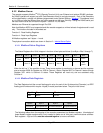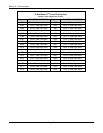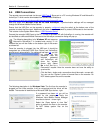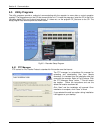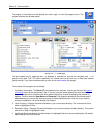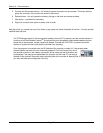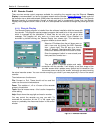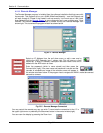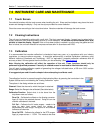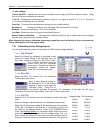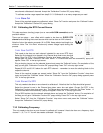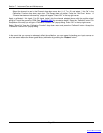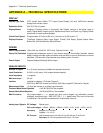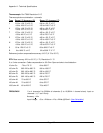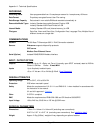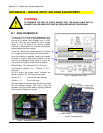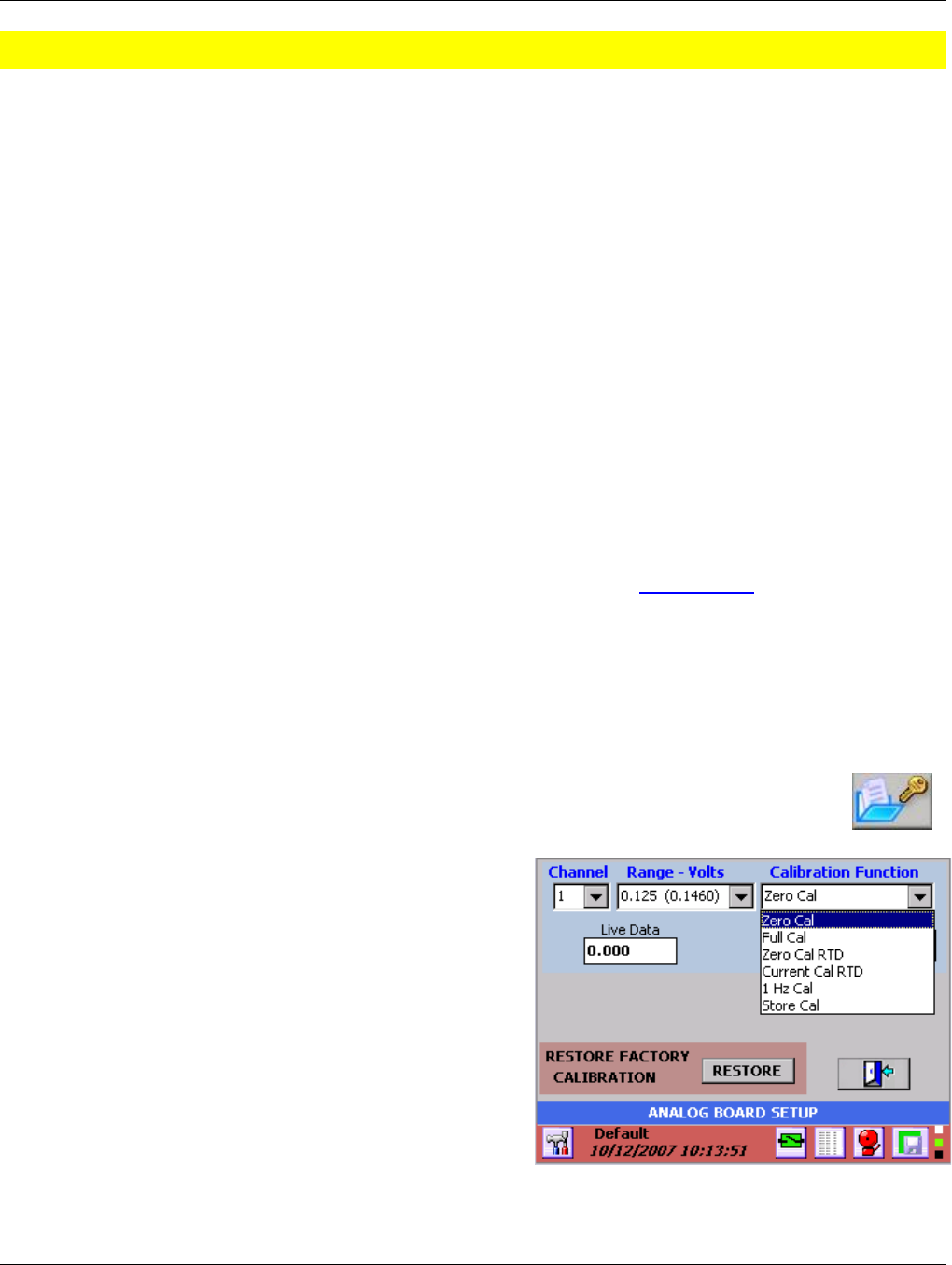
Section 7 - Instrument Care and Maintenance
Page 95 09/11/2008 REV 0.99
7.0 INSTRUMENT CARE AND MAINTENANCE
7.1 Touch Screen
Care should be taken with the touch screen when handling the unit. Sharp and hard objects may pierce the touch
screen and damage the display. Only use the stylus provided for screen selection.
Clean the screen according to the instructions below. Abrasive materials will damage the touch screen.
7.2 Cleaning Instructions
The unit may be cleaned by wiping with a soft cloth. The front panel and display / keypad may be wiped with a
slightly damp soft cloth containing soapy solution or a mild detergent. Do not use any lemon based (citric acid)
product to clean the display / keypad. If the unit has been properly installed in a panel using the gasket and the
door is locked, the unit can withstand a low pressure hose down in accordance with IP65.
7.3 Calibration
It is recommended that recorder calibration is checked at least every year, or in accordance with your industry
regulations, to ensure maximum accuracy. It should be performed by a certified Calibration Laboratory using
National Institute of Standards and Technology - NIST (or equivalent) traceable calibration references with an
accuracy at least 10 times greater than the function you are calibrating. (See Specifications)
Note: Altering the calibration will affect the operation of the unit. These functions should only be
performed by qualified personnel. If security is enabled access is restricted to Administrators only.
You will need a voltage calibrator capable of generating the voltages indicated below, a 250 ohm 0.05% resistor
and a couple of shorting blocks.
It is suggested you read this entire chapter before attempting to calibrate a unit.
The calibration function is access through the Administrative Menu by pressing the icon button in the
System Utilities menu and selecting the “Analog Calibration” option.
The options in the dialog window are as follows:
Channel: Select the channel to which the signal is attached
Range: Select the Range to be calibrated (See table below)
Calibration Function: Select what is to be done from the
drop down menu as follows:
Zero Cal – Calibrate the offsets on the Analog converter.
Apply 0 Volts to the selected channel. Doing this on one
channel calibrates all channels.
Full Cal – Calibrate the full scale ranges – needs to be
done for each input range. Apply the voltage in
parentheses for each range. Doing this on one channel
calibrates all channels.
Zero Cal RTD – Calibrate the offsets for the RTD ranges.
Apply a jumper across + - COM. This needs to be done
Figure 7.1 – Calibration Window



